Late Byzantine Art, Fall of Constantinople, Renaissance Art, Literature, and Indigenous American Governance
1/17
Earn XP
Description and Tags
Flashcards based on lecture notes to help review key concepts for an upcoming exam.
Name | Mastery | Learn | Test | Matching | Spaced |
|---|
No study sessions yet.
18 Terms
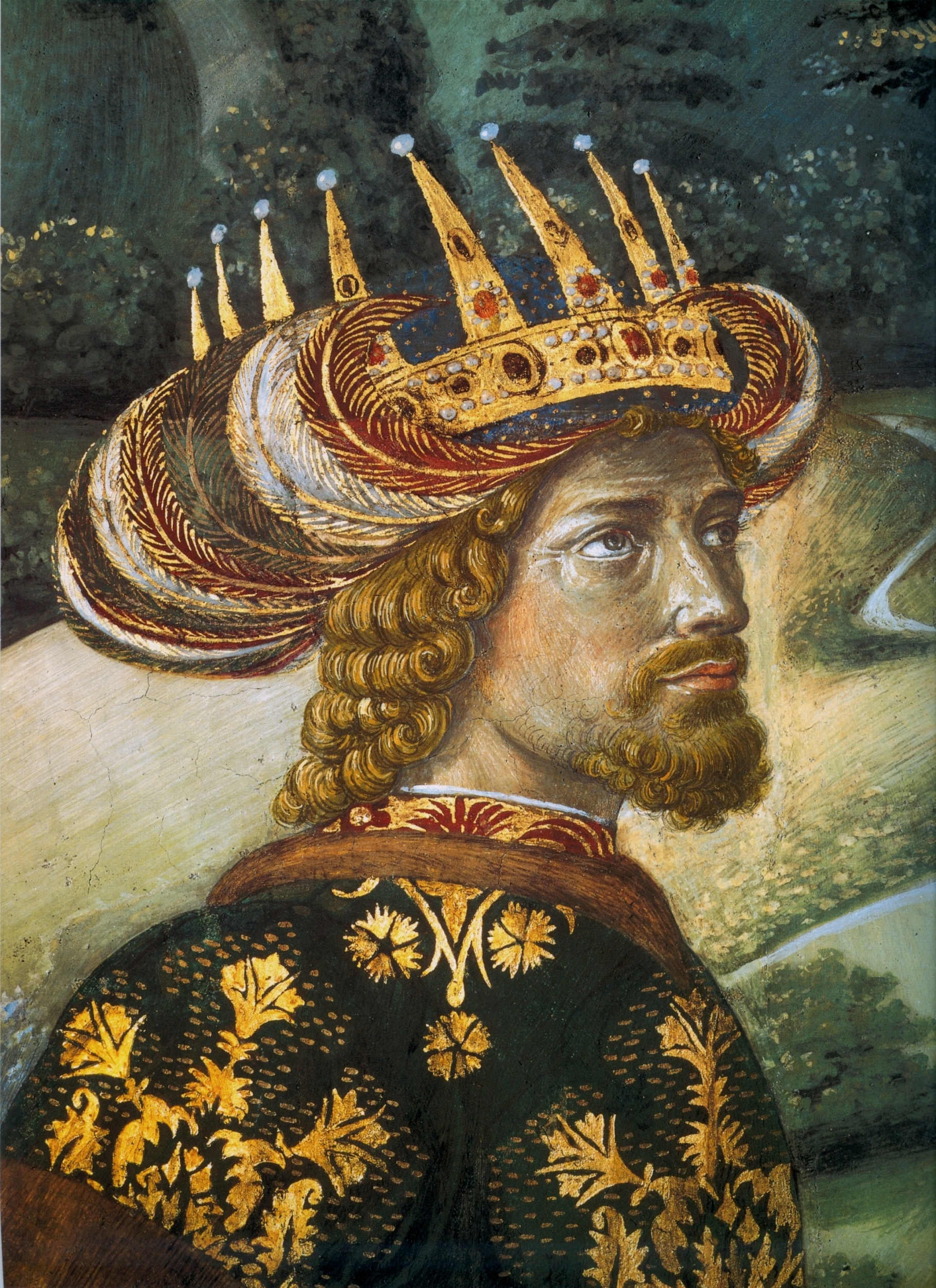
John VIII Paleologus
Byzantine emperor; sought Western aid against the Ottomans, negotiating Church union at the Council of Florence. This led to political and cultural upheaval within Byzantium.
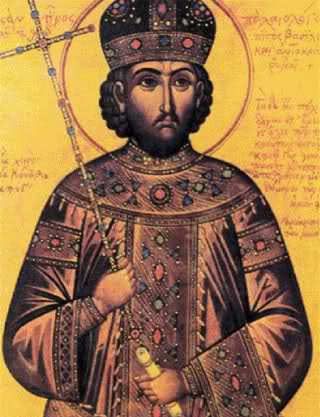
Constantine XI
Last Byzantine Emperor, who died defending Constantinople. His death signified the end of the Byzantine Empire, dramatically altering the geopolitical and cultural landscape of Europe and the Mediterranean.
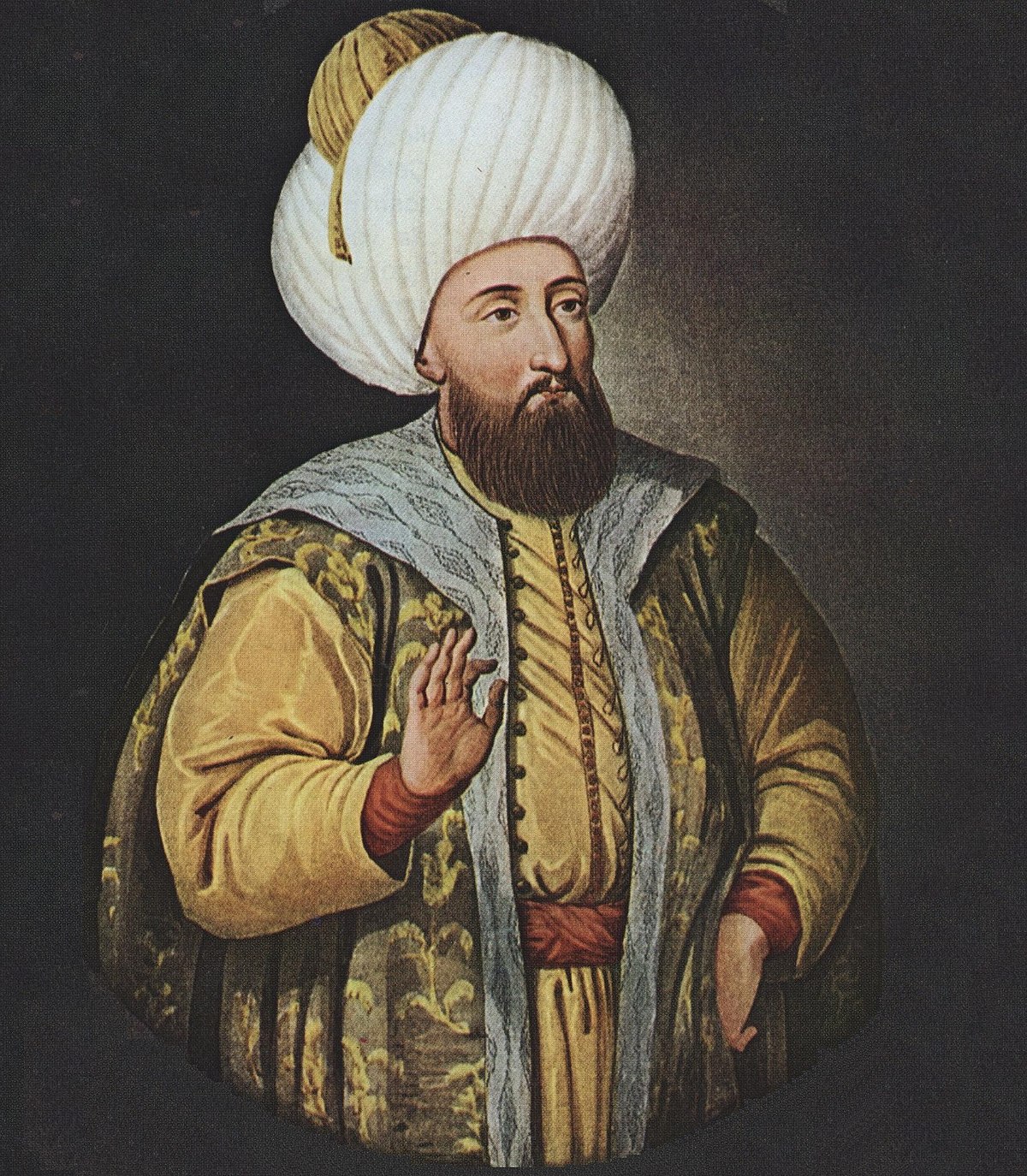
Murad II
Ottoman Sultan known for expanding the Empire and applying intense pressure on Byzantium. His actions greatly influenced the political situation in the Eastern Mediterranean.
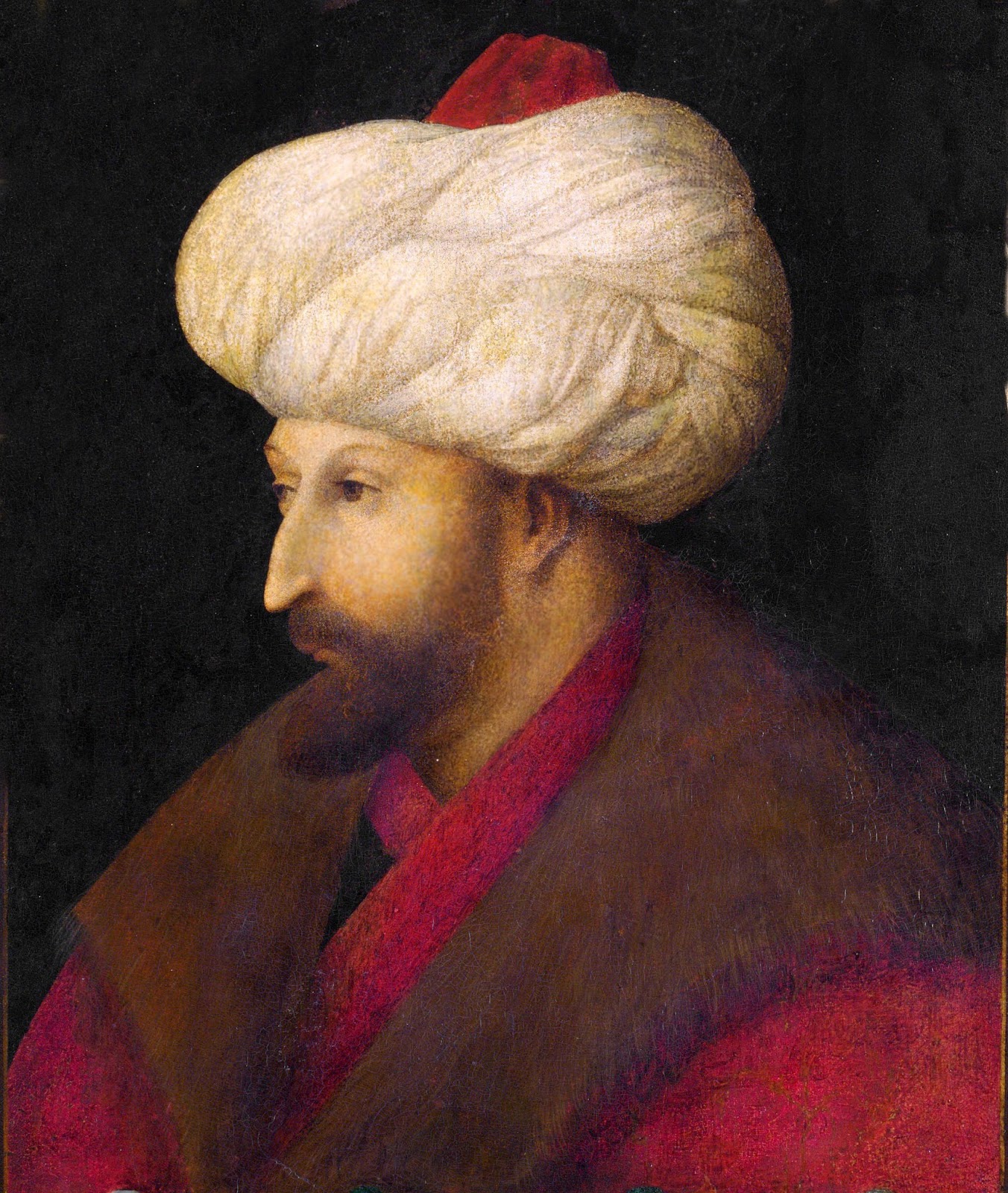
Mehmed II
Ottoman Sultan, known as 'The Conqueror,' who captured Constantinople in 1453. This conquest reshaped both the political and cultural dimensions of Europe and the Islamic world.
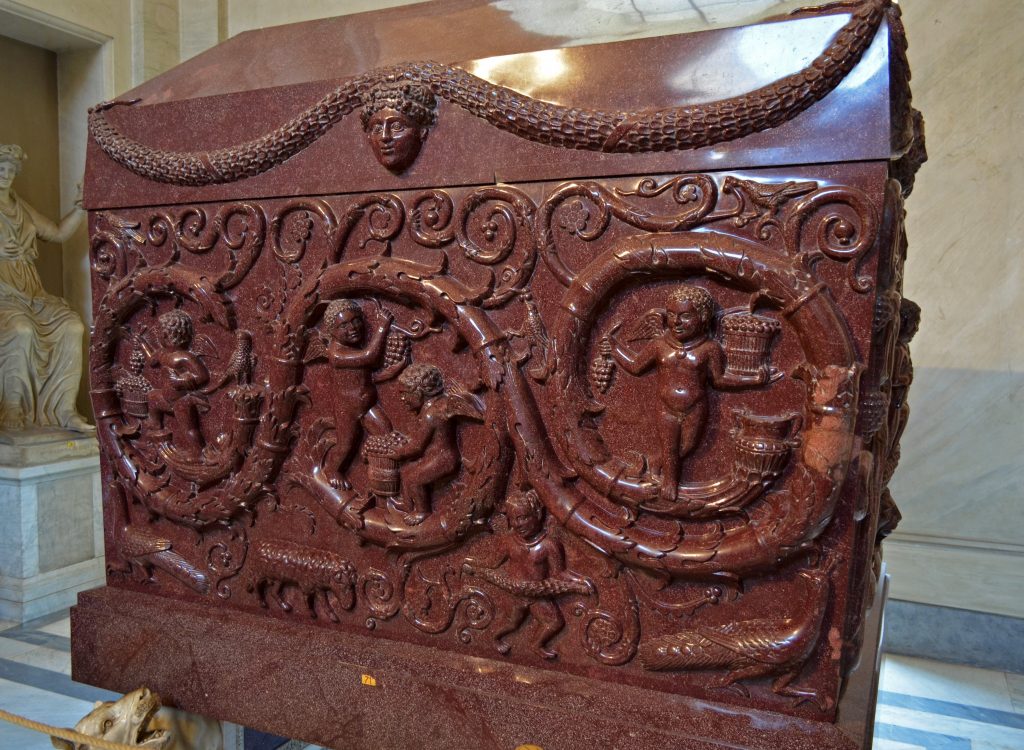
Imperial Porphyry
Material from the Red Sea Mountains of Egypt, reserved for the imperial family. It symbolized imperial power and legitimacy in Byzantine culture.
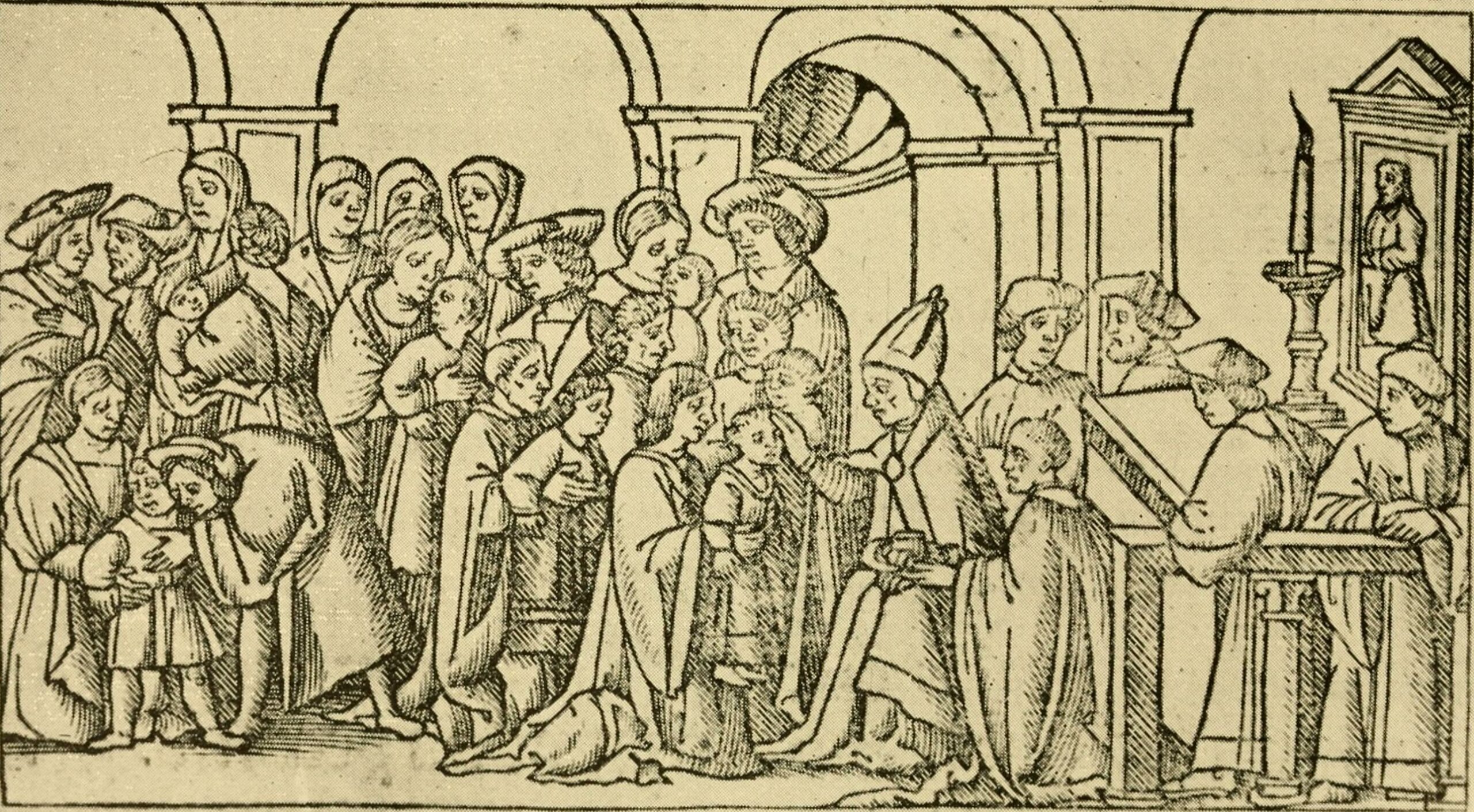
Monks and Lesser Clergy (on union with the West)
Group that strongly opposed union with the West. Their opposition reflected significant cultural and religious rifts in Byzantine society, which undermined political alliances and weakened the empire.
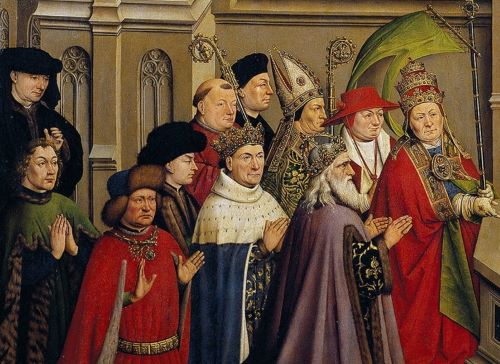
George Gemistus Plethon
Scholar who relocated to Mistra and advocated for a Platonic reorganization of the State, establishing a Platonic Academy. His philosophical ideas contributed to the Renaissance and the renewed interest in classical learning.
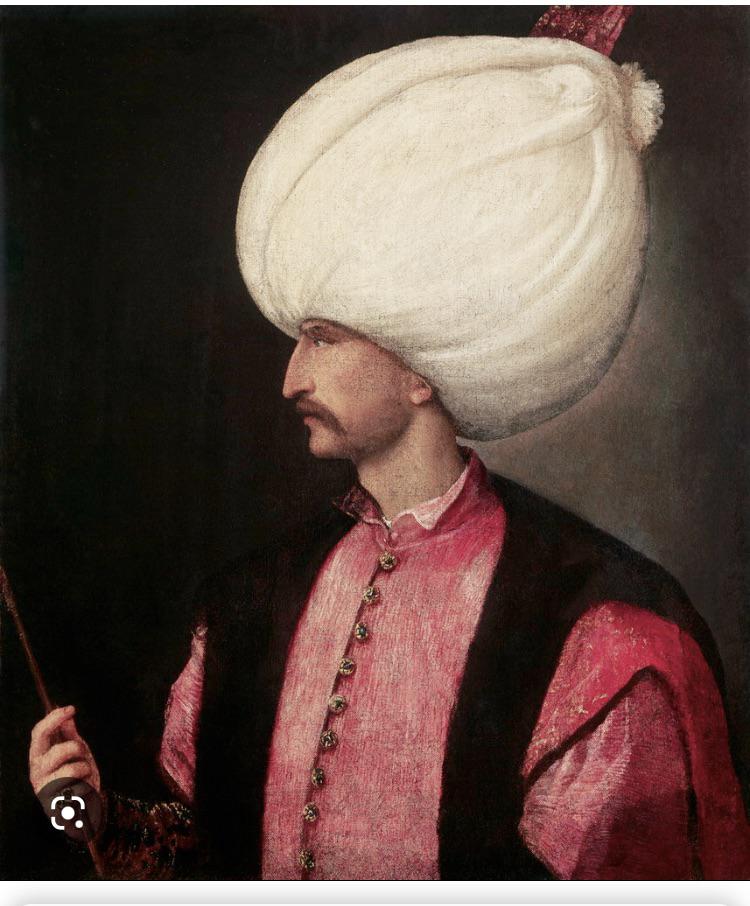
\"Better the Sultan’s turban than the Cardinal’s hat\"
Quote reflecting the preference for Ottoman rule over submission to the Latin Church. This highlights the profound divisions within Byzantine society.
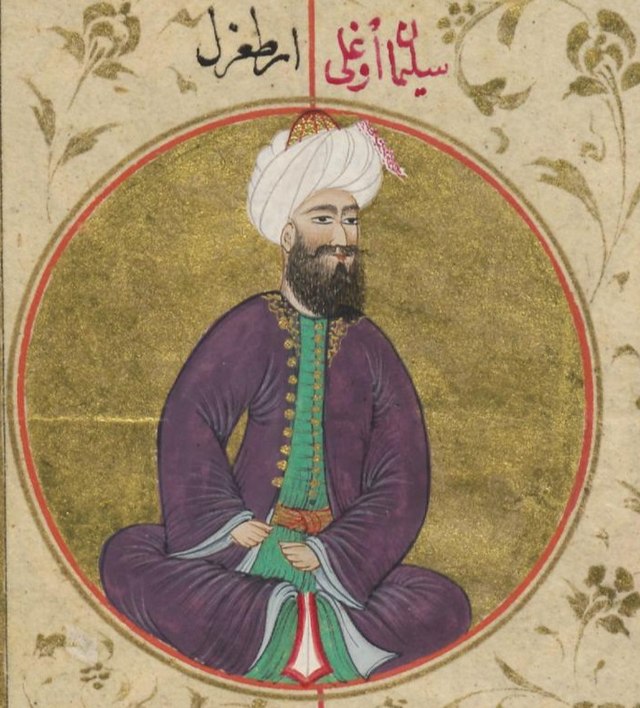
Ertughrul
Founder of a small state near Bithynian Olympus, which later evolved into the Ottoman Empire. His initial efforts laid the groundwork for the empire's lasting impact on the region.
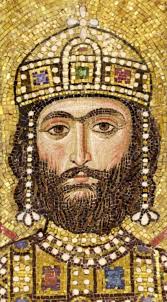
Emperor John V (1373)
Byzantine Emperor who was compelled to acknowledge the Sultan as his overlord in 1373. This event symbolized Byzantium's decline and the growing Ottoman influence, impacting its foreign policy and stability.
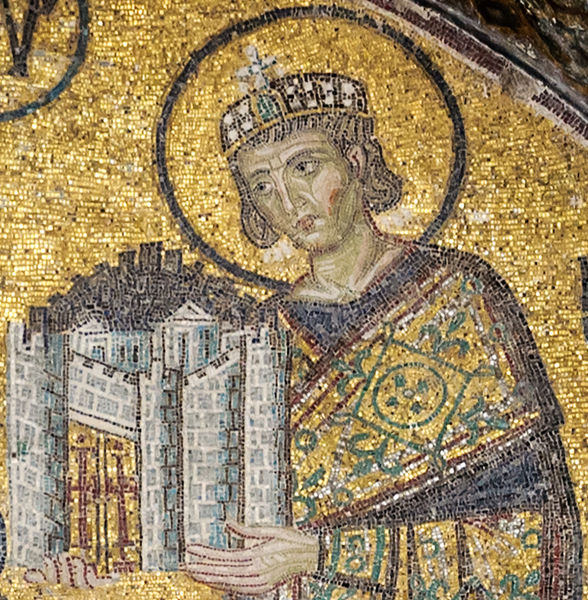
Constantine XI's Unconventional Coronation
Constantine's coronation was impeded because the Patriarch, Gregory Mammas, was being boycotted by most clergy. This underscored the schisms within the Byzantine Church, affecting the legitimacy of Constantine XI's reign.
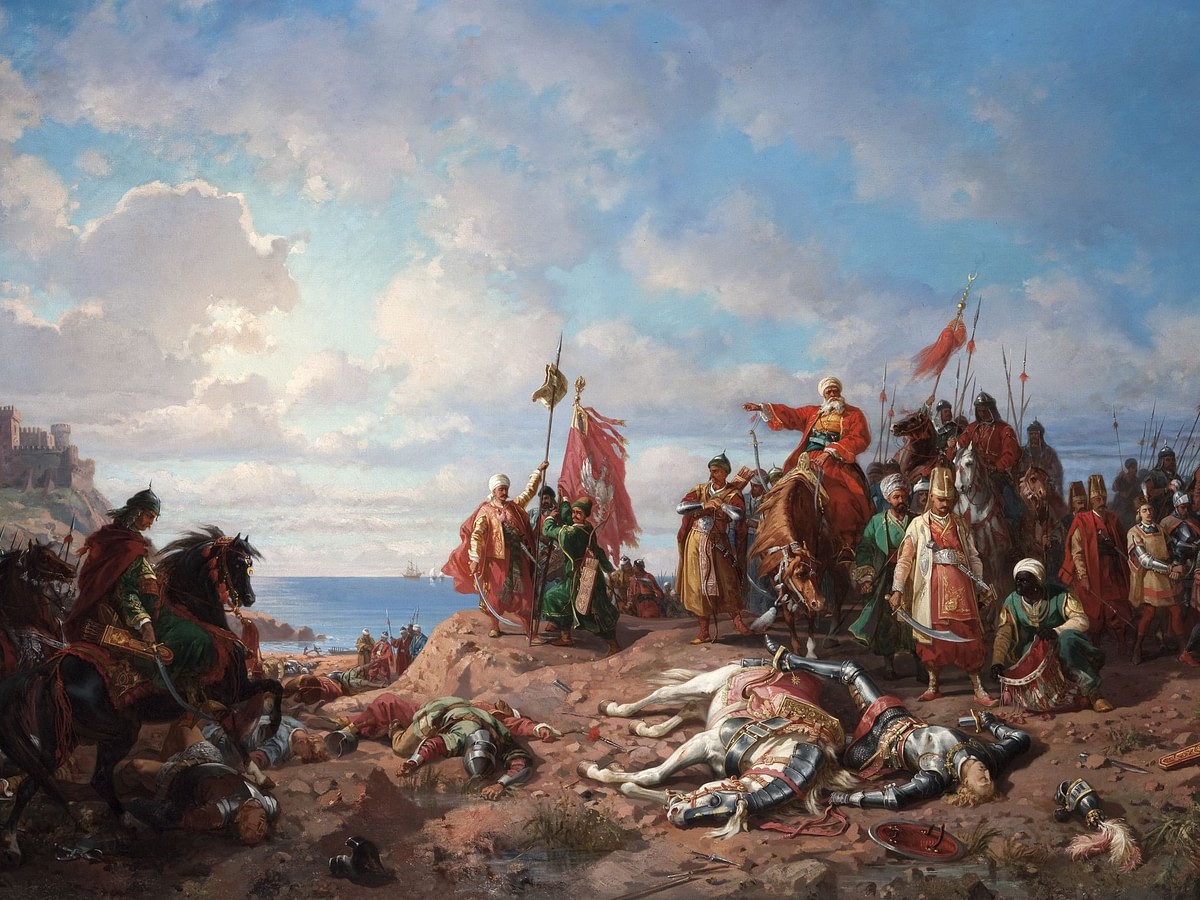
Suzerainty
The right of one country to intervene in the affairs of another, defining the declining Byzantine Empire's relationship with the rising Ottoman Sultanate and influencing political and power interactions.
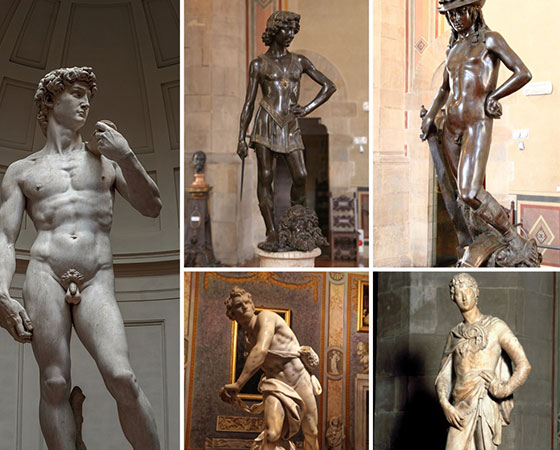
Donatello and Michelangelo (David)
Artists who famously sculpted David, creating iconic examples of Renaissance art that embody the cultural values and artistic innovations of the era.
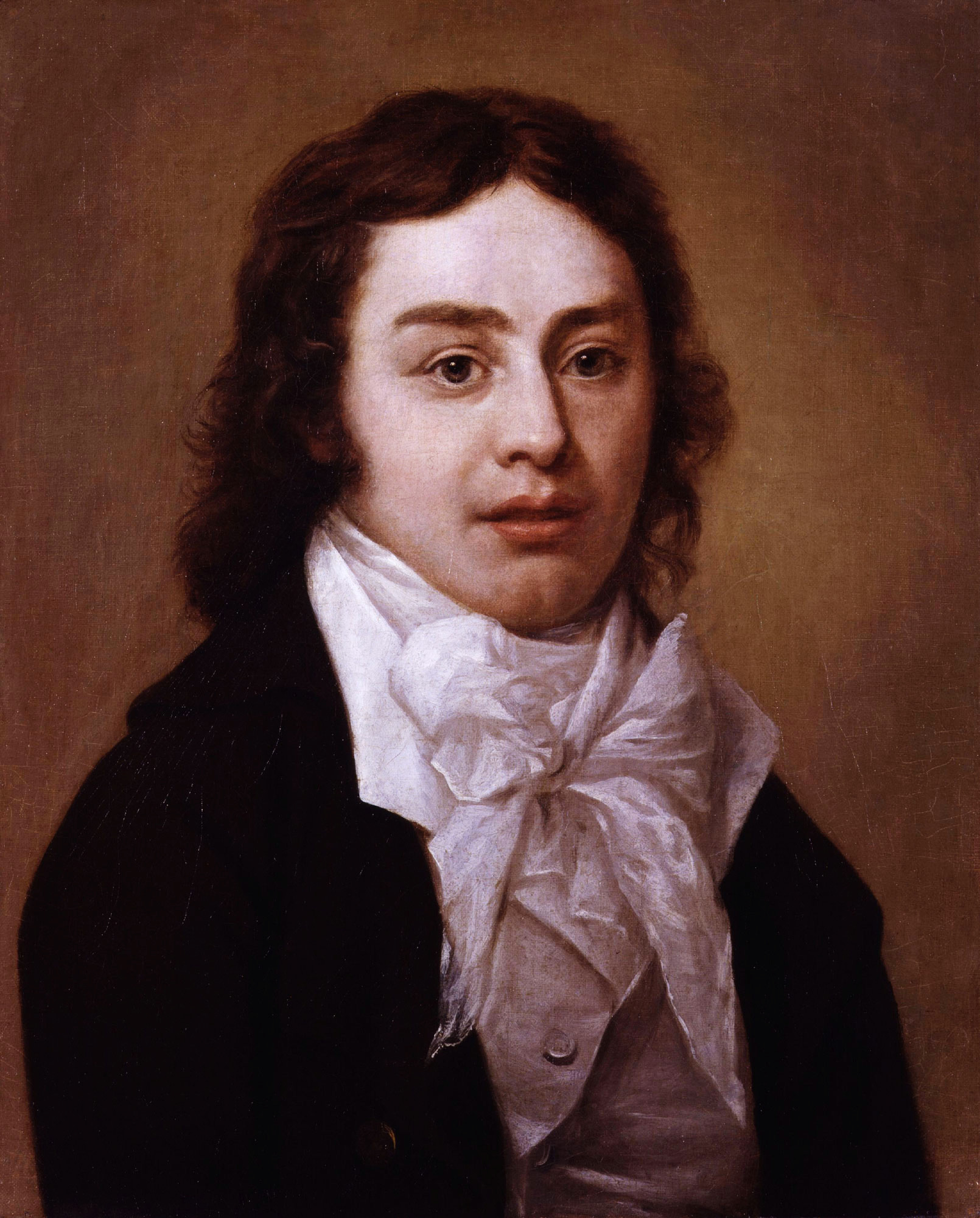
Coleridge
Author of 'Rime of the Ancient Mariner,' a significant work in English Romantic poetry that explores themes of guilt, redemption, and humanity's relationship with nature.
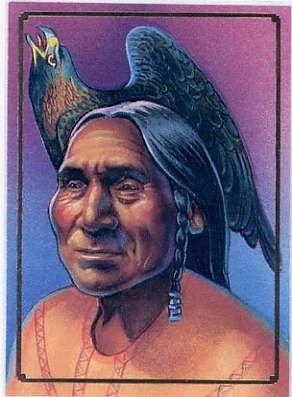
Dekanawidah
Founder of the Iroquois Confederacy who planted the Tree of Great Peace. His vision fostered unity and had an enduring effect on the political structure of the tribes.

Mohawk and Seneca Lords, and Oneida and Cayuga Lords (Iroquois Confederacy)
Bodies of Confederate Lords that managed the business of the Five Nations Confederate Council, demonstrating the balanced governance within the Iroquois Confederacy.
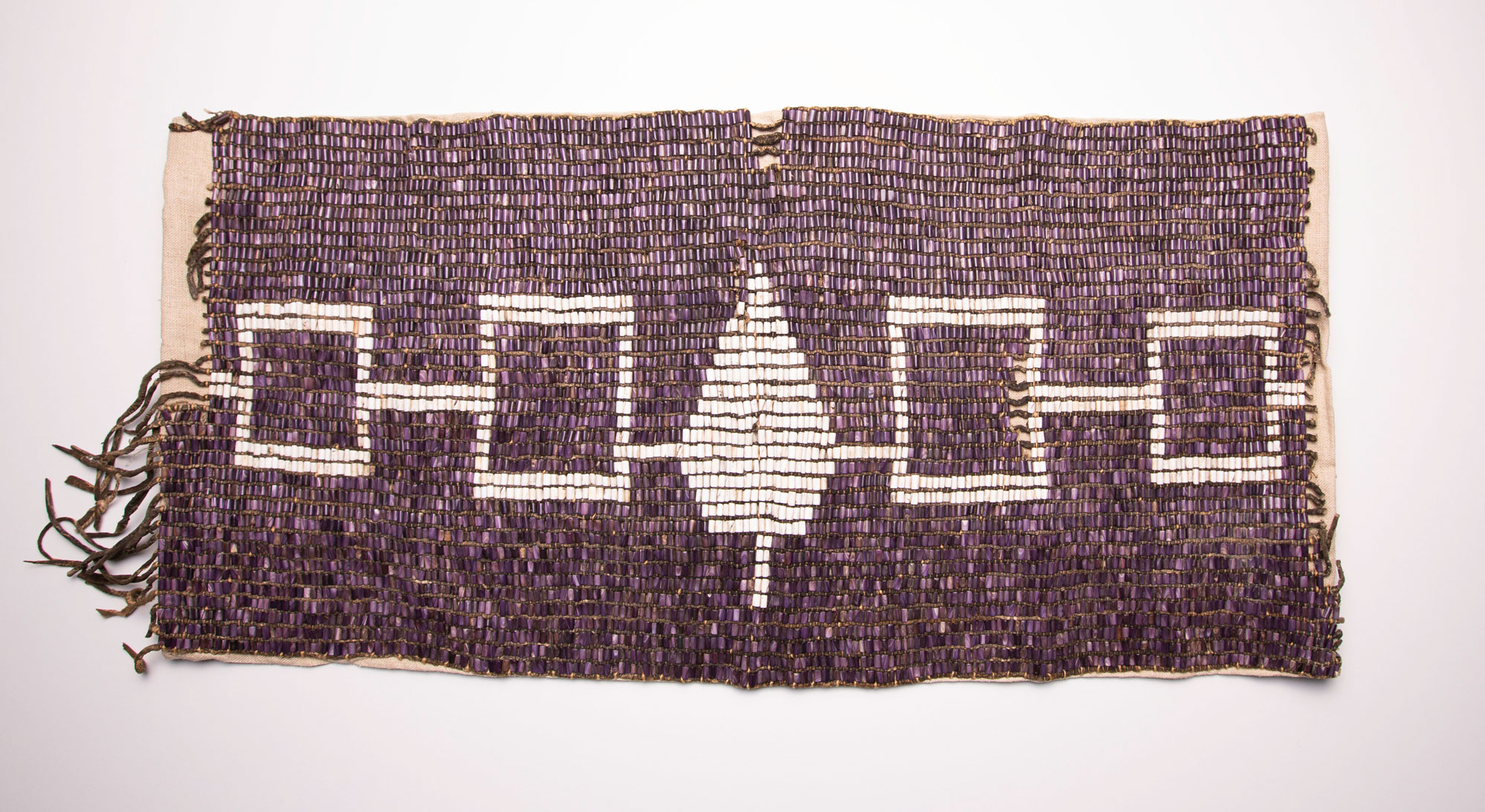
Shell (Wampum) Strings in the Iroquois Confederacy
Items given to each of the female families holding Lordship titles in the Iroquois Confederacy, highlighting the significant political power women held through control of these titles.
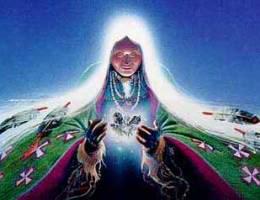
In the Iroquois Confederacy, how was lineal descent determined?
Method of determining lineage in the Iroquois Confederacy, influencing social organization and inheritance patterns, with women playing a key role in maintaining clan identity and property.